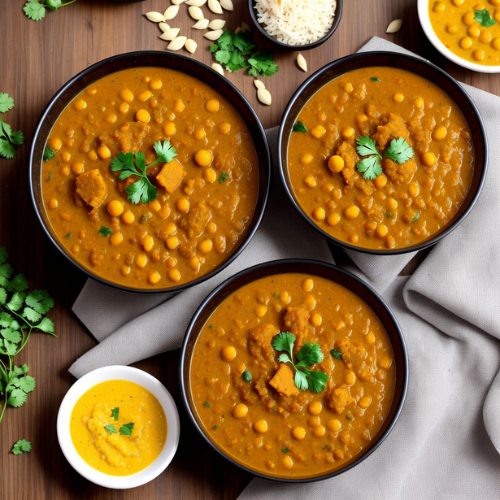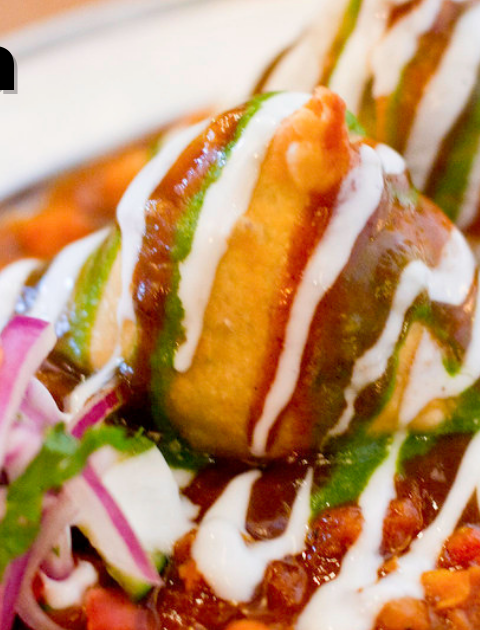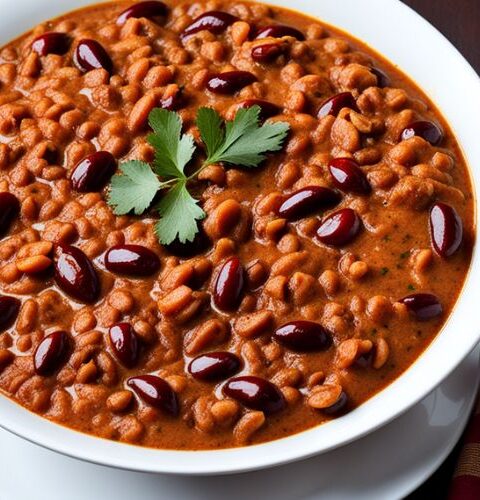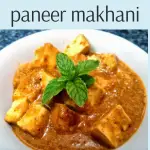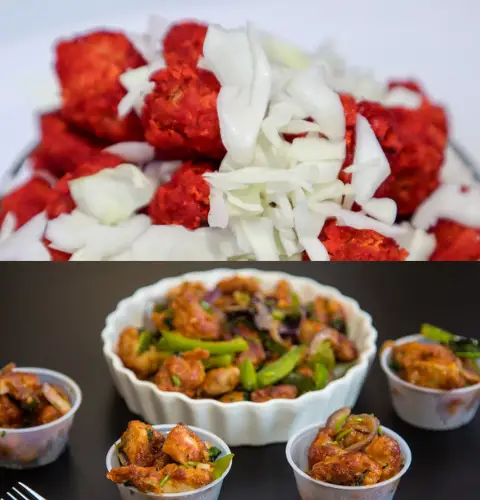Dal tadka has hundreds of years of beginnings in Indian culinary history. The primary ingredient in this dish, lentils, are referred to as “dal” in this context. Because of their plentiful supply, low cost, and excellent nutritional value, lentils have played a vital role in Indian cooking since ancient times. The art of tempering, or “tadka,” is a cooking technique that involves frying spices in hot oil or ghee to bring out their flavor and aroma.Many people find comfort in daal tadka because of the well-balanced blend of flavors and textures that results from the addition of lentils to the dish.
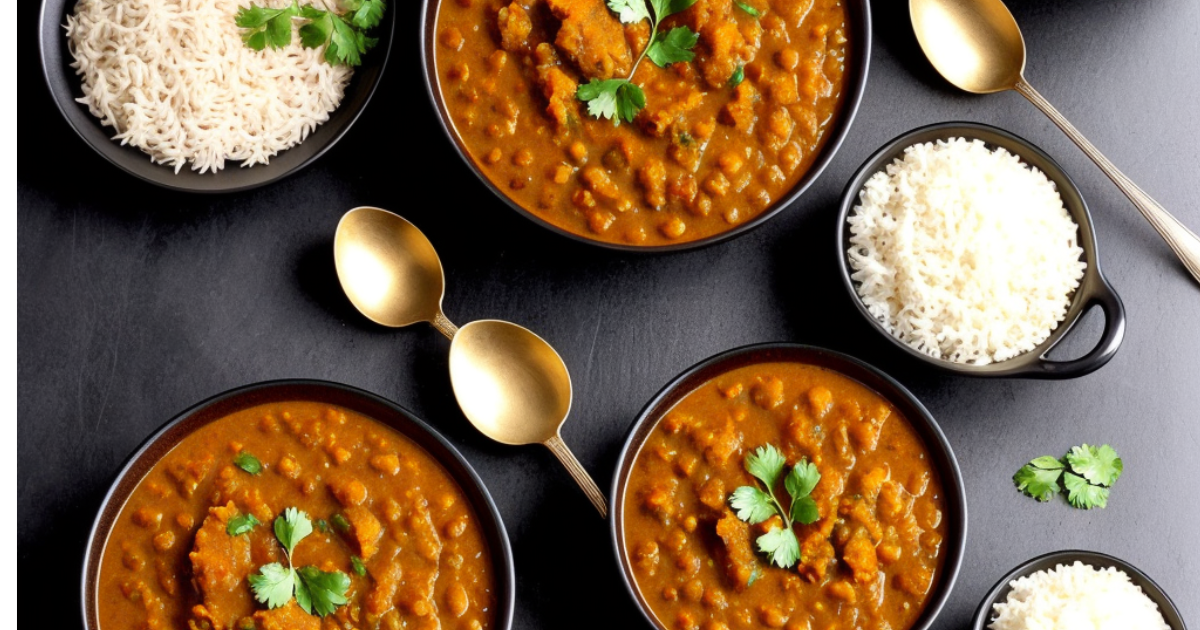
Foundation: The type of dal used in dal tanka
Tuwer dal (split the pigeon peas):
- Tuvar dal is the most commonly used lentil in dal tadka.When cooked, it adds a rich, nutty taste and a creamy texture to the dish.
Magni dal (split the green gram):
- Mung beans add a mild and earthy flavor to the dal, contributing to its overall balance. Its short cooking time is well known.
Lentils (red lentils):
- Lentils add a delightful red color to the dish and have a slightly sweet and peppery taste. It cooks faster than some other pulses.
Udd dal (black gram):
- The urad dal adds a creamy texture to the dal dal. It becomes silky when cooked and it mixes very nicely with other lentils.
Symphony of Spices:
The magic of Dal Tadaka lies in the complex blend of spices used in the tempering process. Includes typical spices
Mustard seeds:
- Adds subtle nuttiness and mild heat.
Cumin:
- Provides warm, earthy flavor and aromatic notes.
Asafoetida (Hing):
- Improves digestion and gives a unique, delicious taste.
Turmeric Powder:
- Adds a vibrant yellow color and a hint of bitterness.
Red chili powder:
- Brings heat and a deep red color to the dal.
Coriander Powder:
- It has a citrusy and mildly sweet taste.
Garam Masala:
- A blend of aromatic spices that enhance the overall taste.
Temperingan:
Heat ghee or oil.
- The process starts with heating ghee or oil in a pan. Ghee is preferred for its rich taste.
Add cumin and mustard seeds.
- As the ghee or oil heats up, mustard and cumin seeds are added to it. A sizzling sound is a pleasing sign that tempering is underway.
Add asafoetida, turmeric, and red chilli powder.
- Asafoetida, turmeric, and red chilli powder are quickly added to the tempering mixture, infusing the colors and flavors in the oil.
Pour the tempering over the cooked dal.
- The cooked dal is then covered with the tempered mixture, producing an aesthetically pleasing and fragrant masterpiece.
Varieties of dal tadka
One of the remarkable qualities of dal tadka is its versatility.It can be eaten in a variety of ways, each according to personal preferences and tastes.
Classic Dal Tadaka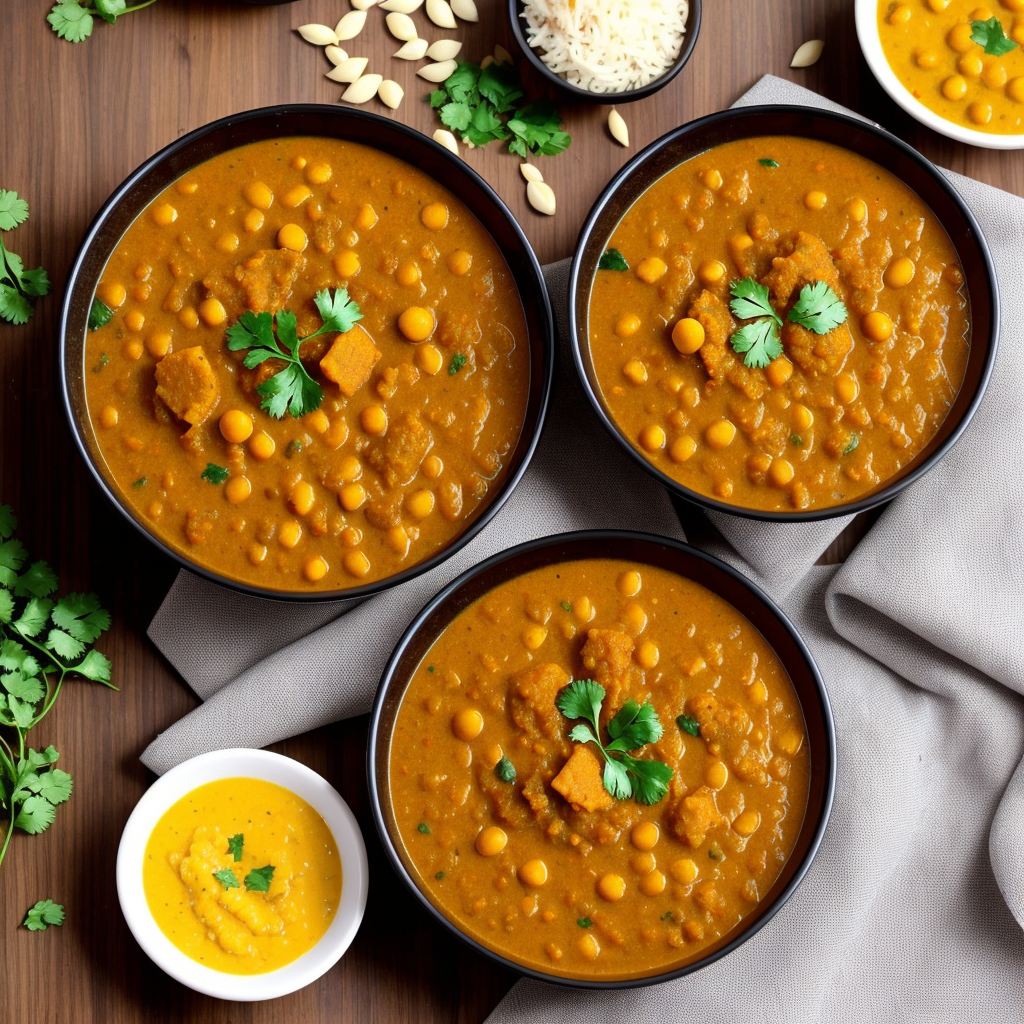
The original version of dal tadka combines tuver dal with mustard seeds, cumin seeds, asafoetida, turmeric, and red chili powder.
Mixed Dal Tadka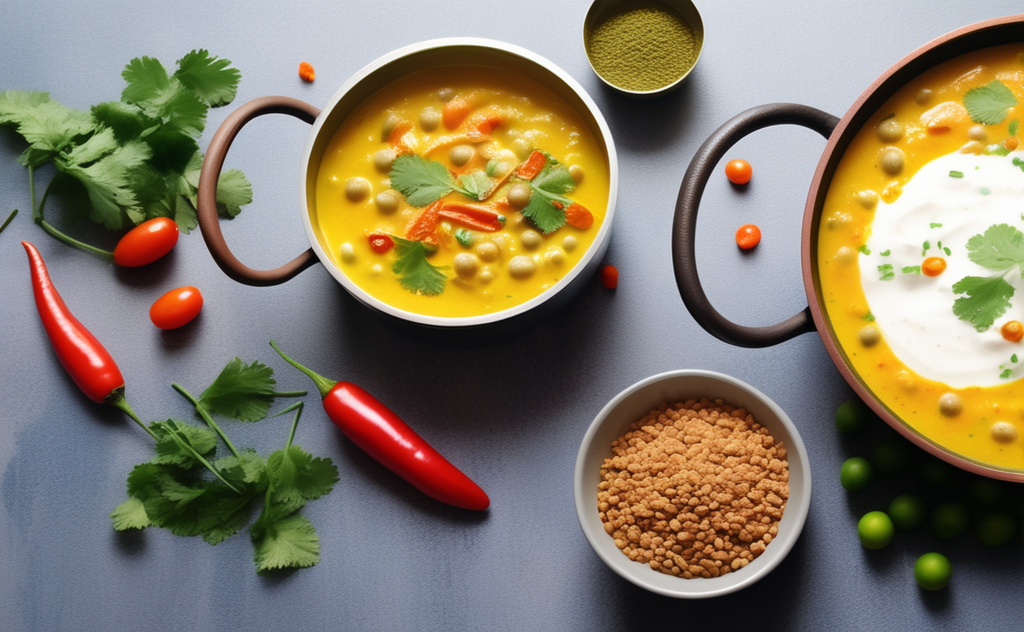
The combination of multiple lentils adds depth and complexity to the dish. It is a healthy version packed with a variety of nutrients.
Spinach Dal Tadaka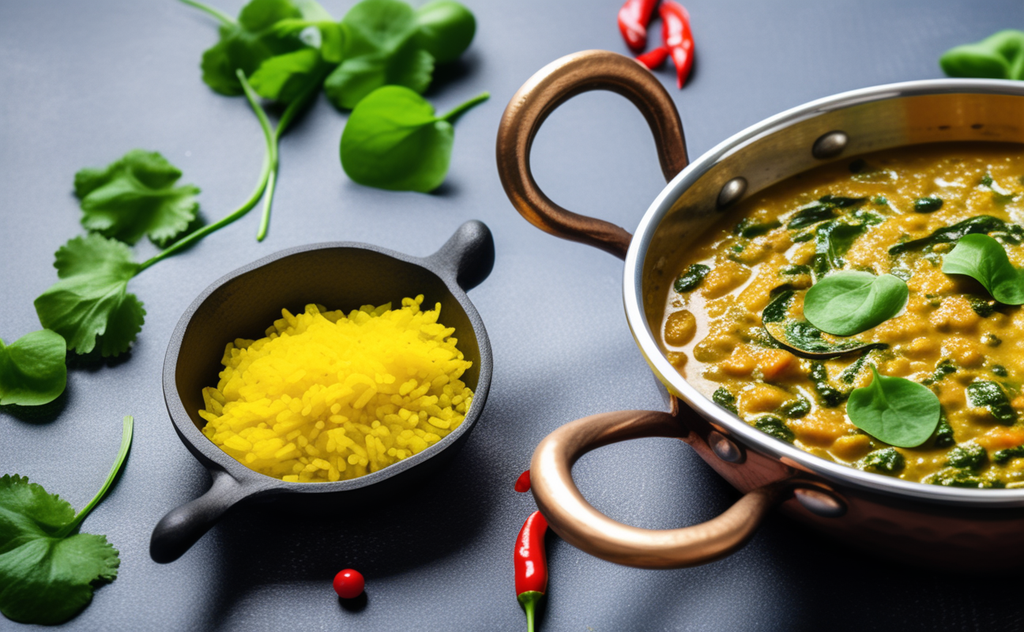
Adding fresh spinach to dal not only increases its nutritional profile but also gives it a vibrant green color.
Garlic Dal Tadka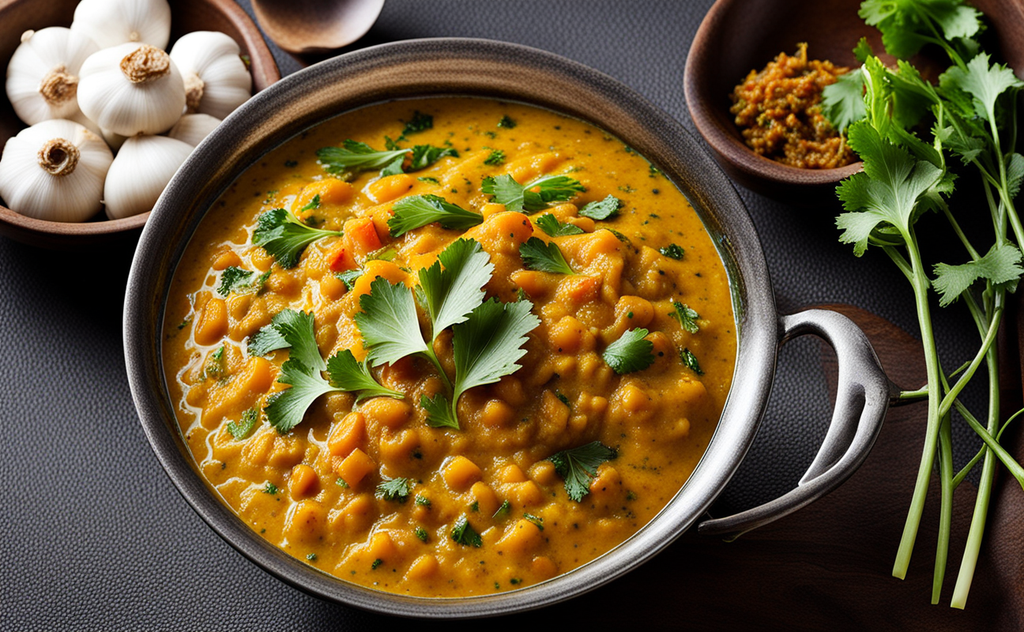
The addition of garlic to the tempering process enhances the dish with its strong and aromatic flavor.

Dal Tadka
Equipment
- Pressure Cooker
- Frying pan
- Ladle
- Cutting board
- Knife
Ingredients
- 1 cup Toor Dal Split Pigeon Peas
- ½ cup Moong Dal Split Green Gram
- 1 teaspoon Turmeric Powder
- 1 teaspoon of red Powder
- 1 teaspoon Coriander Powder
- Salt to taste
- 2 tablespoons Ghee Clarified Butter
- 1 teaspoon Mustard Seeds
- 1 teaspoon Cumin Seeds
- Pinch of Asafoetida Hing
- 1 medium-sized Onion finely chopped
- 2 Tomatoes chopped
- 3 Green Chilies chopped
- 1 inch Ginger grated
- 3 cloves Garlic minced
- Fresh Coriander leaves for garnish
Instructions
- Dal goes well with steamed rice, naan or chapati.
- You can customize the spice level by adjusting the amount of red chili powder and green chilies.
- Experiment with different types of lentils for a unique flavor profile.
Health Benefits of Dal TadkaChana Dal Step-by-Step
1. Rich in protein:
- Dal, the primary ingredient in dal tdka, is an excellent source of plant-based protein. Immune system performance, general growth and development, and muscle regeneration all depend on protein.
2. High Fiber Content:
- Lentils are rich in dietary fiber, which promotes digestive health.Consuming enough fiber promotes a healthy gut microbiota, keeps bowel movements regular, and helps prevent constipation.
3. Low Fat:
- Dal tadka is usually prepared with minimal oil or ghee, making it a low-fat option. For those who want to regulate their fat consumption for weight loss and heart health, this is advantageous.
4. Ample Supply of Vital Nutrients:
- A wide range of vital elements, including iron, potassium, magnesium, and folate, are found in lentils.These nutrients are essential for maintaining normal blood pressure, increasing bone density, and protecting the brain tube from damage in expectant mothers.
5. Heart-Healthy:
- The combination of spices, like turmeric in dal tadaka, contributes to heart health.Because of its calming characteristics, turmeric might reduce the gamble of coronary illness.
6. Balances blood sugar levels:
- The complex carbohydrates in lentils release glucose slowly, preventing a rapid rise in blood sugar levels.Dal tadka is therefore a practical option for people with diabetes or those trying to normalize blood sugar.
7. Weight Management:
- The high fiber and protein content in lentils may contribute to feelings of fullness, potentially aiding weight management by reducing overall caloric intake.
8. Vegetarian and Vegan-Friendly:
- As a plant-based dish, dal tadka is a superb wellspring of supplements for those following a veggie-loving or vegetarian diet.Without relying on creature items, it ensures an adequate admission of protein, iron, and other fundamental components.
9. Antioxidant Properties:
- Spices like turmeric, cumin and coriander in dal tadka have antioxidant properties.Antioxidants support general health and wellbeing by aiding in the body’s defense against dangerous free radicals.
10.Adaptability in Dietary Choices:
- Dal tadka is flexible and can be adjusted to suit different dietary inclinations.For dietary requirements such as being dairy-free or gluten-free, it can be modified.Including dal tadka in your regular meals not only enhances the taste but also contributes to a well-rounded and nutritious diet.To fully enjoy the nutritional advantages of any food, moderation and a balanced diet are essential.
Dal tadka is more than just a dish; It is a cultural symbol deeply embedded in India’s culinary traditions. It is a staple of regular festivals across the country and beyond provincial limits.
Conclusion
One of the shining stars of Indian cuisine is daal tadka. Although food professionals adore it for its nuanced flavors and high nutritional content, everyone can make it because of how simple it is to prepare and how affordable the ingredients are.Dal Tadka pairs wonderfully with hot rice, naan, or chapati. Indian cuisine is prepared in unique and intriguing ways here.Enjoying each significant piece of this tasty dinner takes Indian cooking to another level and uncovers its legitimate soul.
FAQ
1. What is tadka dal made of?
Dal tadka is mainly made from lentils, usually a combination of tuwer dal (split pigeon peas) and magni dal (split green gram). Lentils are cooked and then tempered with a mixture of mustard seeds, cumin, hing (asafoetida), turmeric powder, red chili powder and sometimes additional spices. Tempering is usually done in ghee or oil, and the dish is often garnished with fresh coriander leaves.
2. What is the difference between Dal Fry and Dal Tadka?
While dal fry and dal tadka are both popular Indian lentil dishes, there are subtle differences:
1.Tempering Style:
- Dal Fry: This usually involves a moderate tempering of cumin, garlic and onion.
- Dal tadka involves more elaborate tempering with mustard seeds, cumin, asafoetida, and sometimes other spices. It mostly consists of tomatoes and green chilies.
2.Flavor Profile:
- Dal Fry: Has a mild flavor with a focus on the natural flavor of the dal.
- Dal Tadaka has a more pronounced and aromatic flavor due to the additional spices and ingredients used in tempering.
3. Is Dal Tadka good for your health?
Yes, Dal Tadka is considered a healthy dish.It is rich in protein, fiber, and different fundamental supplements. The lentils give a decent wellspring of plant-based protein, and the flavors utilized in the treatment, like turmeric, add to its medical advantages.However, the overall health depends on the cooking method, the amount of oil or ghee used, and any additional ingredients.
What is the difference between dal makhani and tadka?
Ingredients:
- Dal makhani is usually made with whole black dal (adni dal), red rajma (rajma), shanti, and butter, which gives it a creamy texture.
- Dal Taka: Made with right tuwer dal and mung dal, the dal has a strong firmness in the condition of the dal makha.
Taste and texture:
- Dal Makha is a favorite for its creamy and indulgent delights, often lingering for a long time.
- Lentils are more sizzling and cheerful with malleability due to tempering in the sun.
4. Which Dal is the best?
The “best” dal depends on personal preferences and dietary requirements. Different dals have different nutritional profiles and flavors. Common dals include toor dal, moong dal, urad dal, masoor dal, and chana dal. Toor dal is often considered versatile and nutritionally rich.
5. Is it OK to eat Dal every day?
Yes, it is generally okay to eat dal every day as part of a balanced diet. Protein, fiber, and other important elements can be found in abundance in lentils.Including a variety of dals in your diet provides a range of nutrients.To ensure you get every one of the supplements you really want, you should, in any case, keep a balanced eating routine that comprises a range of food sources.Also, consider personal dietary needs and any specific health conditions.

